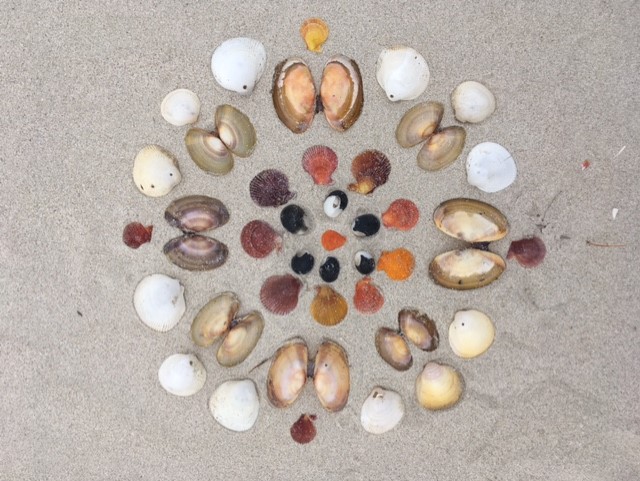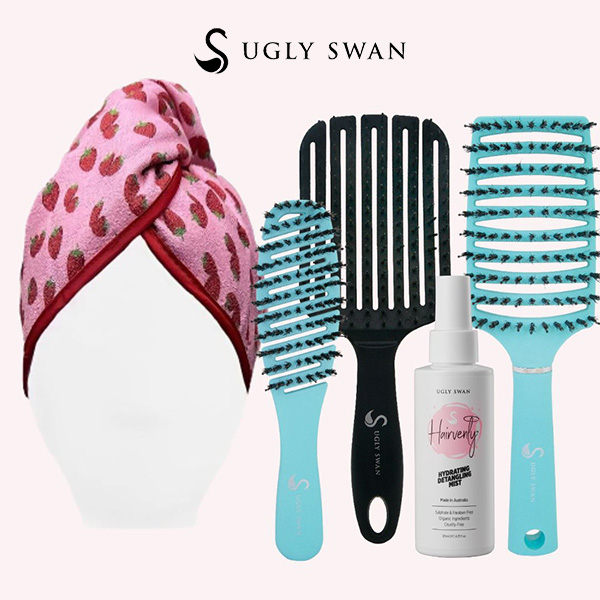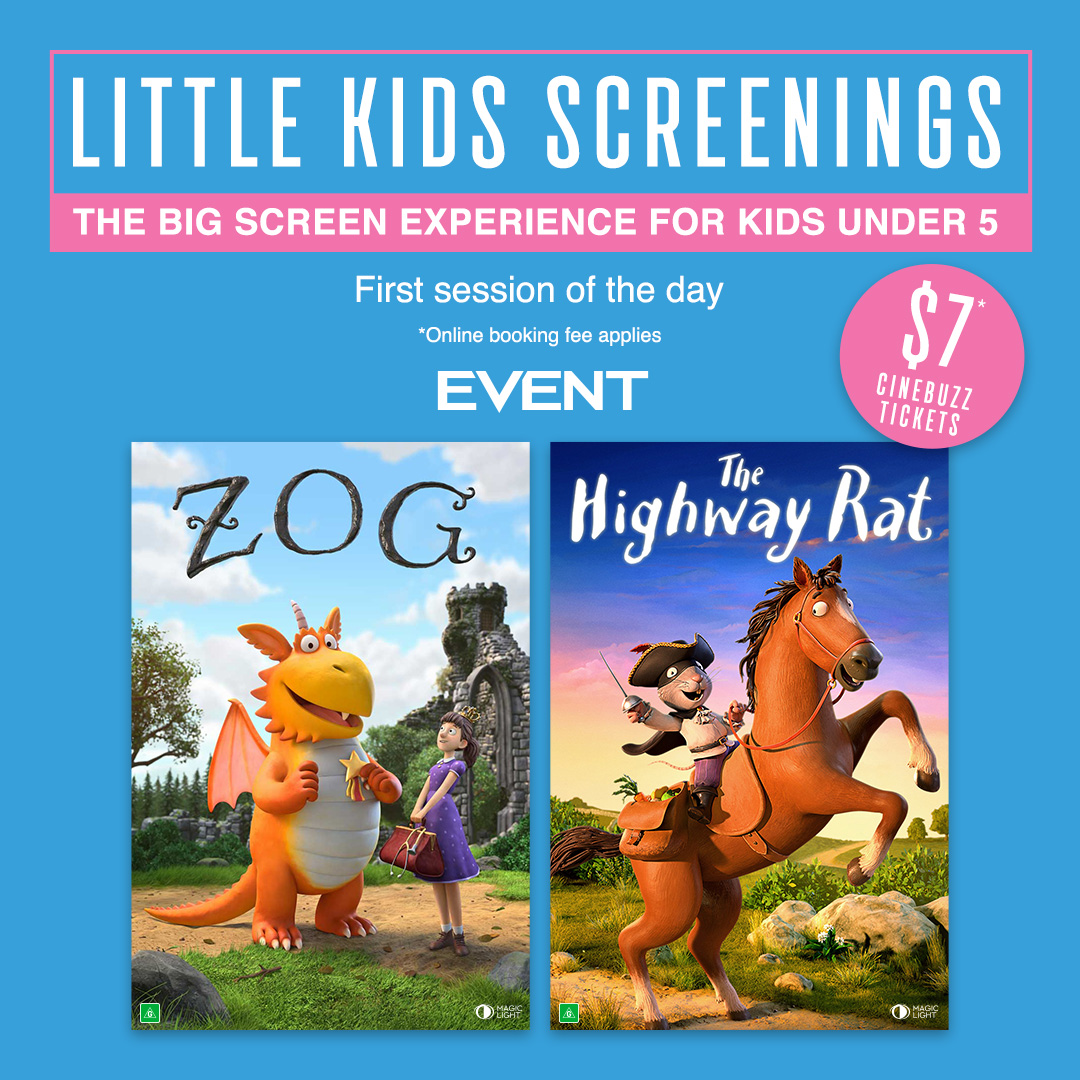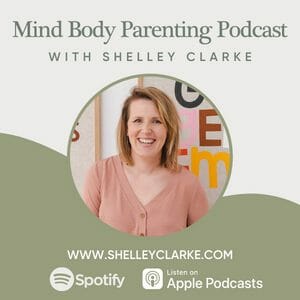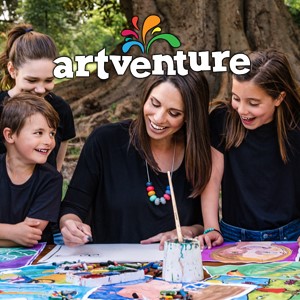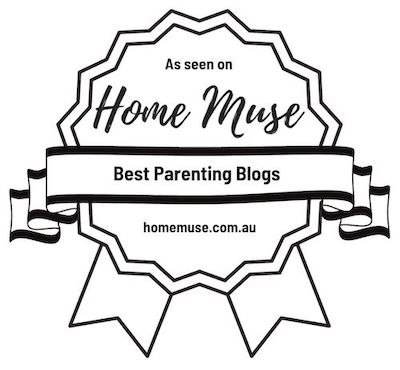Learning to read is one of the most crucial skills for a child to develop and naturally most parents want to help their little ones to advance as quickly as possible. However, the reality is no two children are the same and when it comes to the development of reading skills, there is no such thing as “normal.” Learning to read generally occurs in three stages. Being able to identify what stage your child is at, and the guidance they need to continue in the right direction can help you to provide the best possible help!
Stage 1: Emerging Readers
How to Spot Them:
At this early stage your little learner is just getting a grasp of how texts work. They’re starting to understand the concept of a story – beginning, middle and end. The relationship between pictures and words is also clear, thanks to all those hours spent pointing things out! Typically, an emerging reader will be familiar with 5 – 20 high frequency words.
- Do: Use the environment to help aid progress. Point out signs and read them together. Ask them what words are written on their clothes, toys or in stores when you’re walking around.
- Don’t: Cover the pictures when you’re reading a picture book together. Often parents will grow frustrated if their emerging reader is spending ‘too much time’ looking at pictures. This is an important learning skill and your child is actually trying to figure out the answer using visual cues. Patience is a virtue as a parent!
Stage 2: Beginner Readers
How to Spot Them:
Beginner readers will start to show signs of independence, finding books and materials that resonate with their tastes. They’ll also start to show an appetite for a more varied choice of texts, so prepare yourself for a few visits to the bookstore! Beginners will be familiar with more high frequency words – between 20 and 50 in most cases – while also developing the ability to self-correct when making a mistake.
- Do: Learn to discuss books and reading on a deeper level. Plot is now important so use this as a jumping off point to have a conversation about the story and what they took away from it.
- Don’t: Try to teach words in isolation. Now that your child is picking up words more quickly, there’s a temptation to focus in on those tougher words that they haven’t quite conquered. Rather, encourage them to continue reading and explain the context of the word in the sentence. Reading for meaning is key – if your child uses a different word from what is printed on the page and it still makes sense, celebrate this! After all, this is what good readers do.
Stage 3: Fluent Readers
How to Spot Them:
Fluent readers are learning fast and by this advanced stage they can digest and understand most high frequency words immediately. At this point, your child has devised their own strategies to overcome tough spots – if they don’t understand a word they will independently read on and use context to crack the code!
- Do: Focus on the relationship between different elements of a text. By now you want your child to understand how characters, storylines, plot devices and tone all interact. Once you’ve finished reading a book, discuss what they liked and disliked about the text.
- Don’t: Assume that because they’re fluent that everything is fine! They’re still developing and will occasionally need a helping hand. Now is the time to ask honestly what they feel their strengths and weaknesses are in regards to reading and you can work on those together.
RECOMMENDED READING LIST FROM DYMOCKS
Age 3+
- The Gobbledygook and the Scribbledynoodle– Justine Clarke and Arthur Baysting
- Why is That Emu Wearing One Red Shoe– John Field
- What do they do with all the Poo from all of the Animals at the Zoo– Anh Do
Age 4-6+
- There’s a Snake in My School!– David Walliams
- Winnie the Pooh– A.A. Milne
- Mega Weird! (Weirdo Book 7) – Anh Do
Age 7+
- Soccer Superstar (Tiny Timmy #1)– Time Cahill
- Dog Man– Dav Pikey
- Selwood Boys: Battle Royale– Tony Wilson
Age 8+
- Adam Spencer’s Number Crunchers– Adam Spencer
- Alice-Miranda in China– Jacqueline Harvey
- The Midnight Gang– David Walliams
Age 9+
- Pocket Rocket– Ellyse Perry
- Withering by Sea– Judith Rossell
- Wormwood Mire– Judith Rossell
Need more inspiration? Check out a range of children’s books from Dymocks online.
FYI This post contains affiliate links, which means Kids in Adelaide receive a small commission if you make a purchase using this link, so if you do, we thank you!








